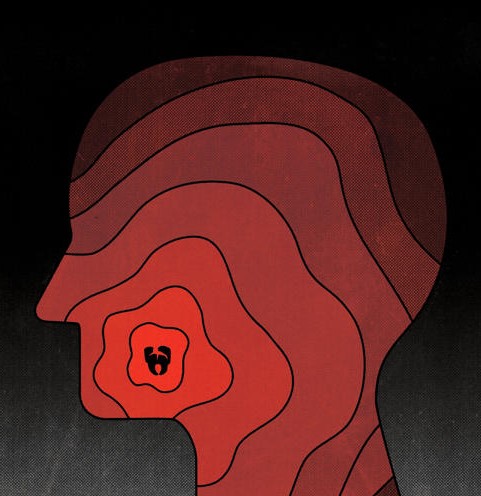Aging Adults and the effect of Periodontal Disease: It can be prevented
More than 70% of adults age 65 and older have periodontal disease, but with proper care and treatment, it can be prevented.
What is Periodontal Disease?
Periodontal (“peri” meaning around and “dontal” meaning teeth) disease is an infection of the areas that surround your teeth. More commonly known as gum disease, periodontal disease occurs when bacteria infect the gums, periodontal ligaments, cementum (thin layer of bony material that connects the teeth to the jaw), and alveolar bone (bone that contains the tooth sockets).
The condition includes three stages that range in severity – most common and least severe is gingivitis, followed by periodontitis and advanced periodontitis. The disease is usually painless, which means many people won’t know they have it until it’s more advanced. Symptoms to look for include swollen, red, tender, or bleeding gums, bad breath, gum recession, and, in advanced cases, loose teeth.
Why Are Older Adults More Susceptible?
As we age, we become more prone to oral health issues, like periodontal disease, for a number of reasons. Receding gums, for instance, are a common side effect of aging and can be caused by anything from overly aggressive brushing and flossing to genetics. Dry mouth, also called xerostomia, is another cause of periodontal disease that’s common in aging adults and is often a result of medication usage. Lastly, older adults can be vulnerable to periodontal disease as a result of limited dexterity or mobility, which can create obstacles for maintaining good oral hygiene. This makes taking regular trips to the dentist especially important.
Read more:
https://www.healthscopemag.com/health-scope/periodontal-disease-and-aging-adults/



